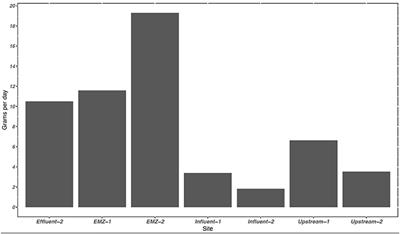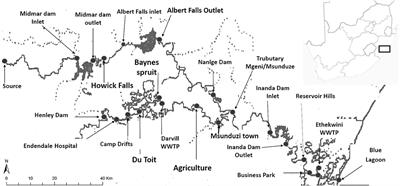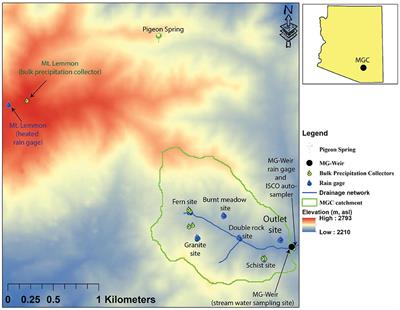ORIGINAL RESEARCH
Published on 27 Oct 2022
Extraction, analysis, and occurrence of per- and polyfluoroalkyl substances (PFAS) in wastewater and after municipal biosolids land application to determine agricultural loading
doi 10.3389/frwa.2022.892451
- 4,497 views
- 11 citations




